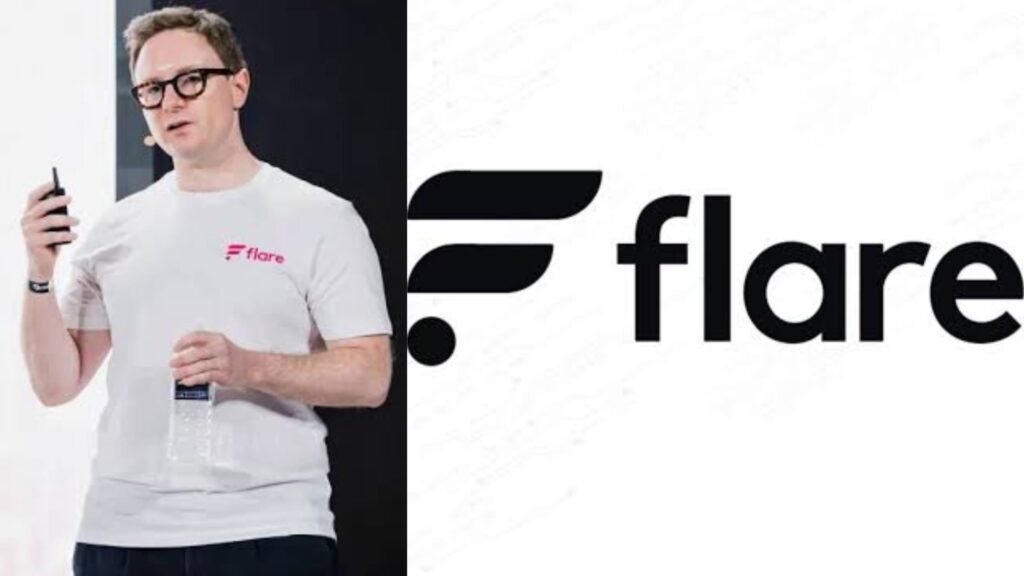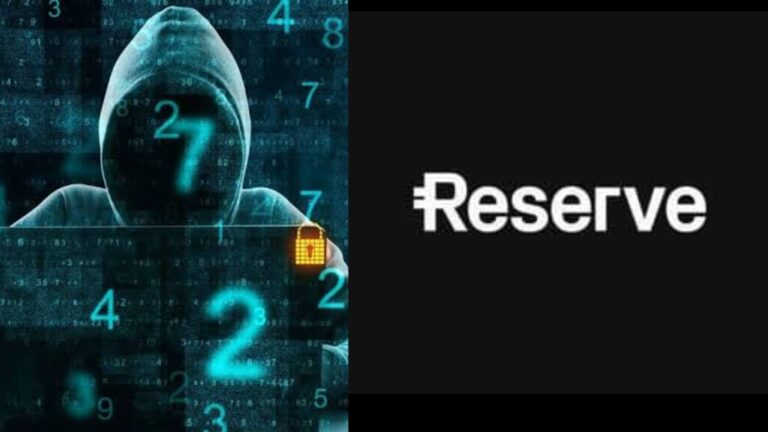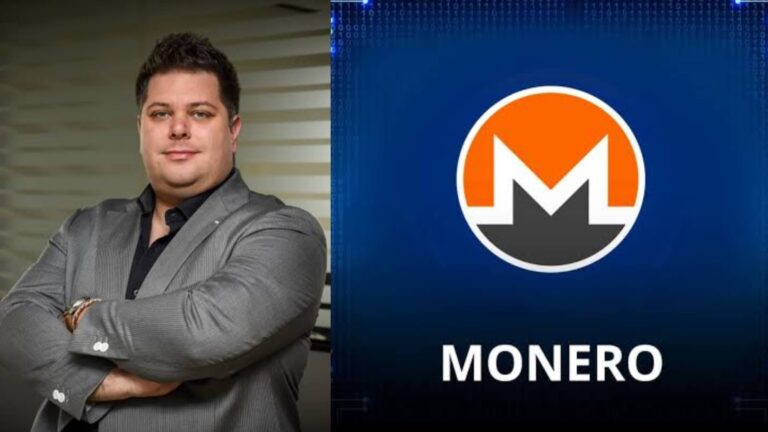Flare Explained: Everything You Need to Know Before Investing – By Founder Sara de Zarraga

Introduction
Flare Network is a unique blockchain project that brings smart contract functionality to non-smart contract assets like XRP, Litecoin, and Dogecoin. Co-founded by Sara de Zarraga and Hugo Philion, Flare aims to unlock value in previously isolated ecosystems by enabling decentralized applications (dApps) on these networks.
With its innovative Layer 1 EVM-compatible blockchain, Flare provides developers with a new way to build secure, low-cost, and interoperable applications. But is Flare a good investment? Let’s explore everything you need to know before investing.
What is Flare Network?
Flare Network is a Layer 1 blockchain that enables smart contract functionality for cryptocurrencies that do not natively support them. By introducing decentralized data acquisition and interoperability, Flare enhances the usability of digital assets like XRP, BTC, and DOGE beyond simple transactions.
Flare’s key value proposition lies in its ability to provide trustless access to real-world data via its two core protocols:
- Flare Time Series Oracle (FTSO) – Provides highly decentralized, accurate off-chain data feeds for smart contracts.
- State Connector – Allows blockchains to communicate securely with external data sources, enabling true interoperability.
Key Features of Flare
1. EVM Compatibility
Flare is compatible with Ethereum Virtual Machine (EVM), allowing developers to build dApps using familiar Ethereum-based tools.
2. Smart Contracts for Non-Smart Contract Assets
Flare extends DeFi, NFTs, and dApps to assets like XRP, Litecoin, Dogecoin, and Bitcoin.
3. Flare Time Series Oracle (FTSO)
Flare’s decentralized oracle system ensures accurate and tamper-proof off-chain data, making it a powerful alternative to traditional oracles like Chainlink.
4. State Connector Protocol
This enables secure cross-chain transactions, bridging blockchain networks with external data sources.
5. Low Transaction Fees & Scalability
Flare offers a scalable and low-cost environment, making it ideal for developers and users.
6. FLR Token Utility
Flare’s native token FLR plays a key role in governance, staking, and transaction fees.
How Flare Works
- Users stake FLR tokens to participate in governance and earn rewards.
- The Flare Time Series Oracle (FTSO) provides real-world data to smart contracts.
- The State Connector allows seamless interaction between Flare and external blockchains.
- Developers build dApps that leverage smart contract functionality on previously non-compatible networks.
This approach makes Flare one of the most advanced interoperability solutions in the crypto space.
Flare (FLR) Tokenomics
- Total Supply: 100 billion FLR
- Circulating Supply: Varies based on token unlocks
- Use Cases: Governance, staking, gas fees, oracle incentives
FLR holders can stake their tokens, participate in the ecosystem, and earn passive income.
Pros & Cons of Investing in Flare
✅ Pros
✔ Brings smart contracts to major assets like XRP, LTC, and DOGE
✔ Decentralized oracle (FTSO) provides secure off-chain data
✔ EVM compatibility enables Ethereum-based dApps
✔ Low fees and scalable network
✔ Strong partnerships and community support
❌ Cons
⚠ Still in early development stages
⚠ Competition from other interoperability projects like Polkadot and Chainlink
⚠ FLR token unlocks could lead to price volatility
Is Flare (FLR) a Good Investment?
Flare’s interoperability, smart contract capabilities, and decentralized oracle system make it a promising project. However, like any investment, it comes with risks.
Before investing in FLR:
✅ Research the project’s roadmap.
✅ Analyze market conditions.
✅ Diversify your portfolio.
Final Verdict: Flare is a high-potential project, but invest wisely! 🚀
Would you invest in Flare? Let us know your thoughts! 💬





